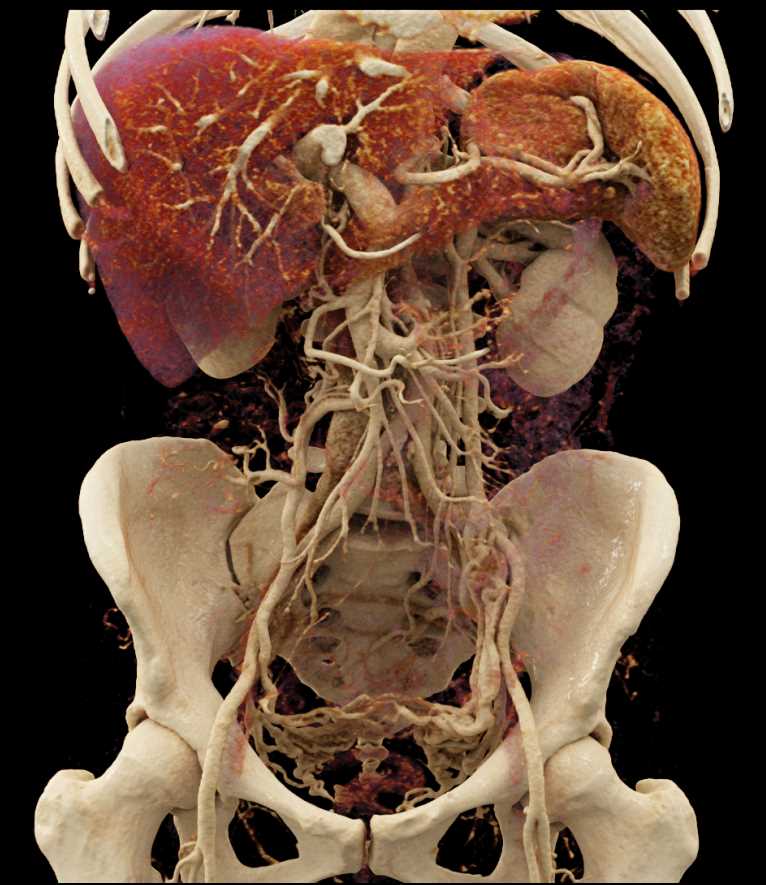
If you ARE NOT a Washington state trauma care provider who wishes to meet the PER, you are not required to register/login - you may use the site merely by clicking on the link below entitled "Login as a general participant". The curriculum was developed by pediatric trauma care providers at Harborview Medical Center (University of Washington School of Medicine faculty) and reviewed/approved by the Pediatric Technical Advisory Committee of the Washington State Emergency Medical Services and Trauma Committee (Washington state Department of Health). The curriculum focuses on the acute assessment, diagnosis, and treatment of children with major or multiple injuries, and incorporates guidelines and other key information promoted by several national sources, including Advanced Trauma Life Support (ATLS, American College of Surgeons), Pediatric Advanced Life Support (PALS, American Heart Association), Advanced Burn Life Support (ABLS, American Burn Association), and the Brain Trauma Foundation. The curriculum does not have to be completed in a single setting. Each module contains a 5-question post-test, and can be completed in approximately one hour (i.e., the entire curriculum can be completed in 7 hours or less).

#Acute trauma free
This curriculum is available free of charge to all users/providers, and consists of seven (7) independent modules, each focused on a specific, key topic in pediatric trauma care. However, the curriculum is also of potential value to all pediatric trauma care providers, both in the inpatient and prehospital settings.
#Acute trauma code
It has been specifically designed as a resource to allow providers in adult-designated trauma centers and pediatric-designated trauma centers in Washington state to meet the "Pediatric Education Requirement" (PER) developed by the Washington State Emergency Medical Services and Trauma System, and defined in Washington Administrative Code (WAC 246-976-700). This curriculum is designed primarily for inpatient providers (physicians and nurses) of early care to injured children. pb/assets/raw/sitewide/practice_guidelines/guidelines/acutestressdisorderptsd.Welcome to the online curriculum in the acute assessment and management of pediatric trauma patients, hosted by Harborview Medical Center (Seattle, WA) - the designated Level I Pediatric Trauma Center for Washington state and the surrounding WWAMI (Washington, Wyoming, Alaska, Montana, Idaho) region.

Practice guideline for the treatment of patients with acute stress disorder and posttraumatic stress disorder. The long-term costs of traumatic stress: Intertwined physical and psychological consequences. ptsd.va.gov/professional/treatment/early/acute-stress-disorder.asp Washington, DC: American Psychiatric Association.
#Acute trauma manual
Diagnostic and statistical manual of mental disorders: DSM-5 (5th ed.). ptsd.va.gov/public/problems/acute-stress-disorder.asp You can learn more about how we ensure our content is accurate and current by reading our editorial policy. Healthline has strict sourcing guidelines and relies on peer-reviewed studies, academic research institutions, and medical associations. You may have an inability to start or complete necessary tasks, or an inability to tell others about the traumatic event. The symptoms of ASD may cause you distress or disrupt important aspects of your life, such as your social or work settings. becoming startled too easily or at inappropriate times.being unable to stop moving or sit still.The symptoms of anxiety and increased arousal include: The symptoms of ASD may include anxiety and increased arousal. You may avoid stimuli that cause you to remember or re-experience the traumatic event, such as: feeling distressed when something reminds you of the traumatic event.feeling like you’re reliving the traumatic event.having recurring images, thoughts, nightmares, illusions, or flashback episodes of the traumatic event.You’ll persistently re-experience the traumatic event in one or more of the following ways if you have ASD: dissociative amnesia, which occurs when you cannot remember one or more important aspects of the traumatic event.depersonalization, which occurs when your thoughts or emotions don’t seem real or don’t seem like they belong to you.derealization, which occurs when your environment seems strange or unreal to you.



 0 kommentar(er)
0 kommentar(er)
